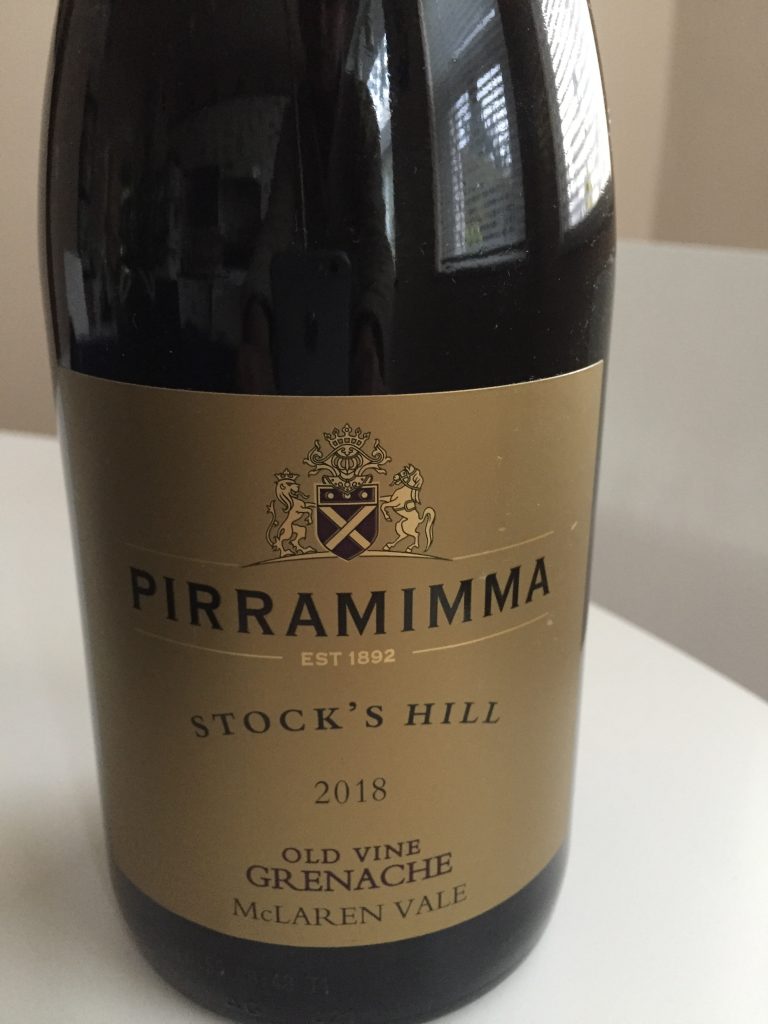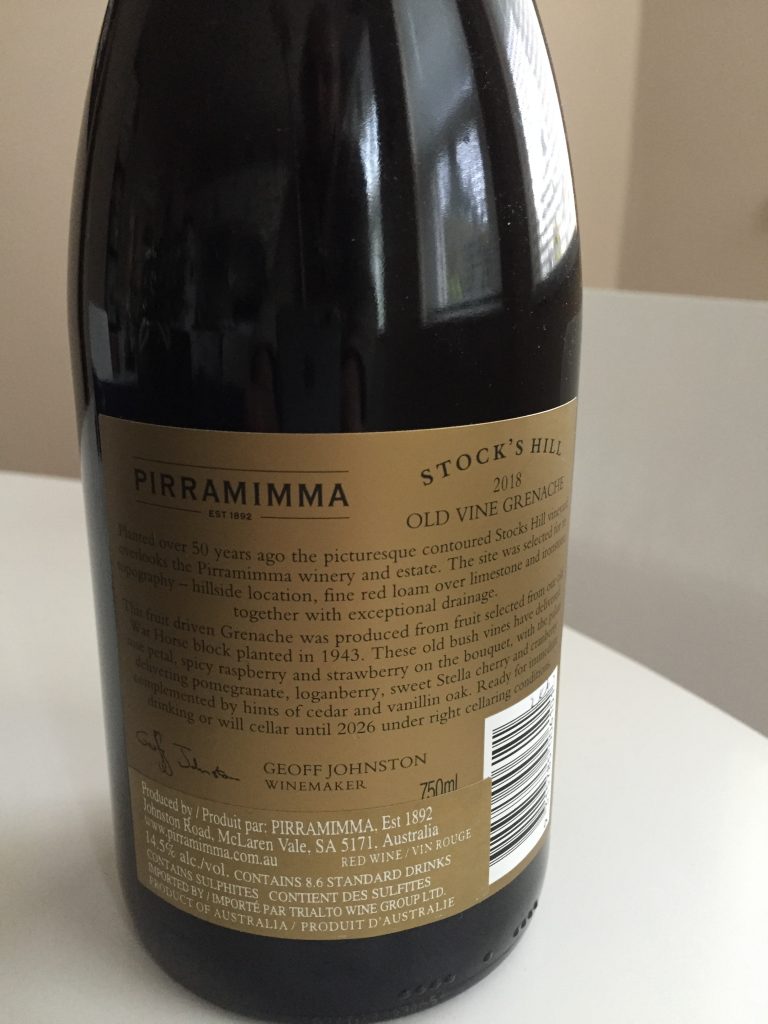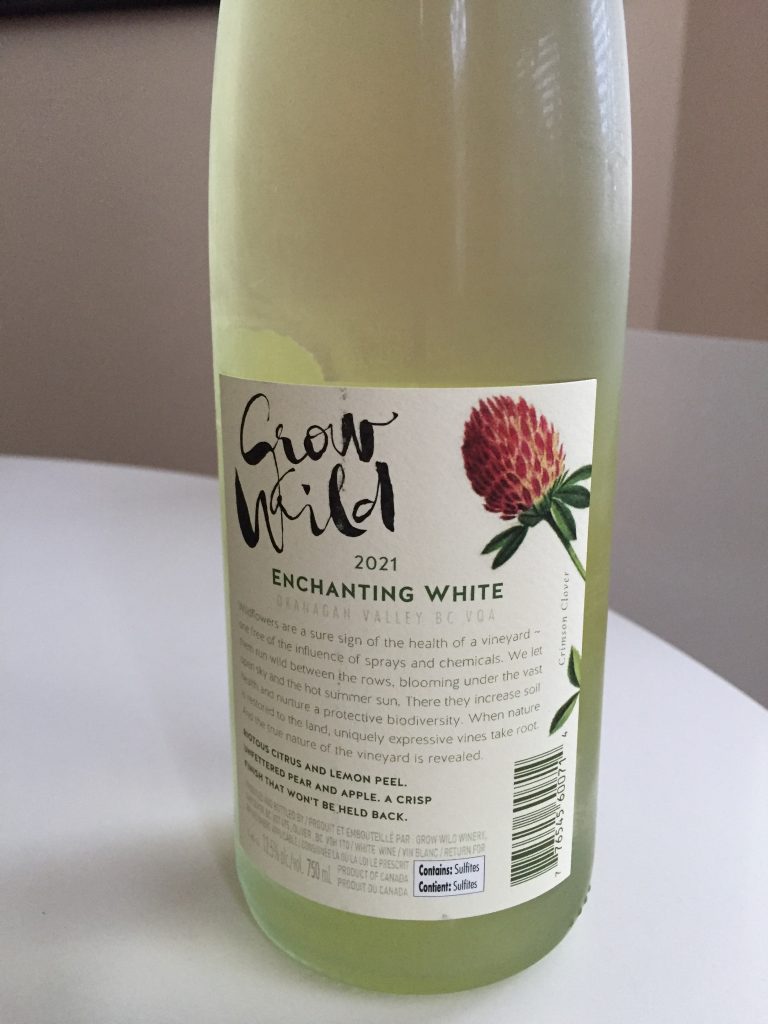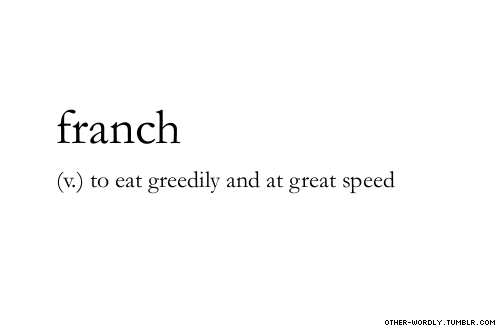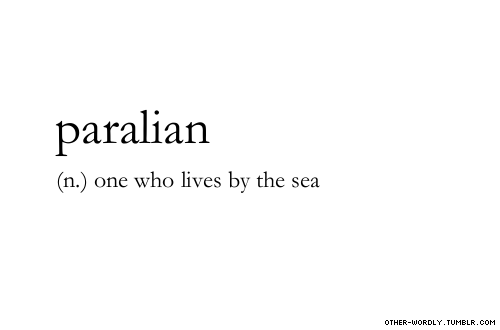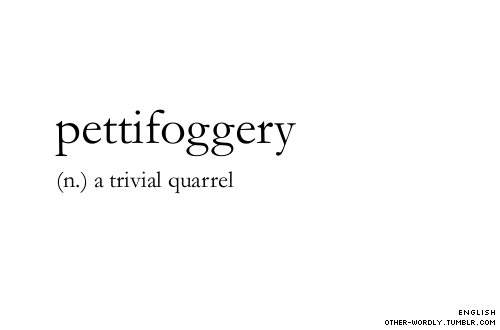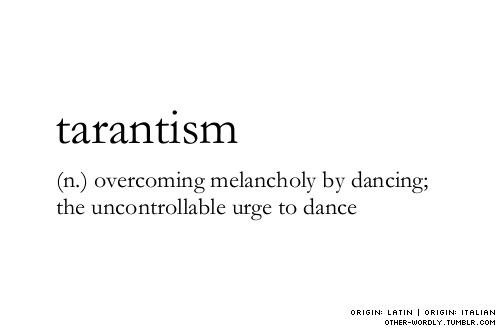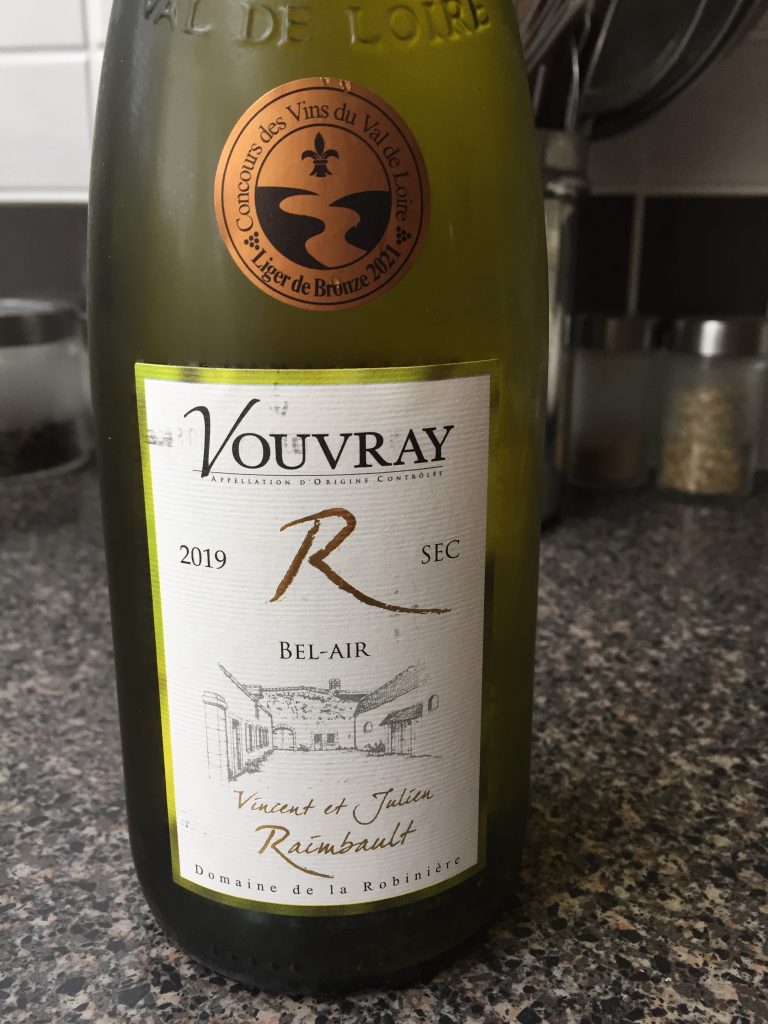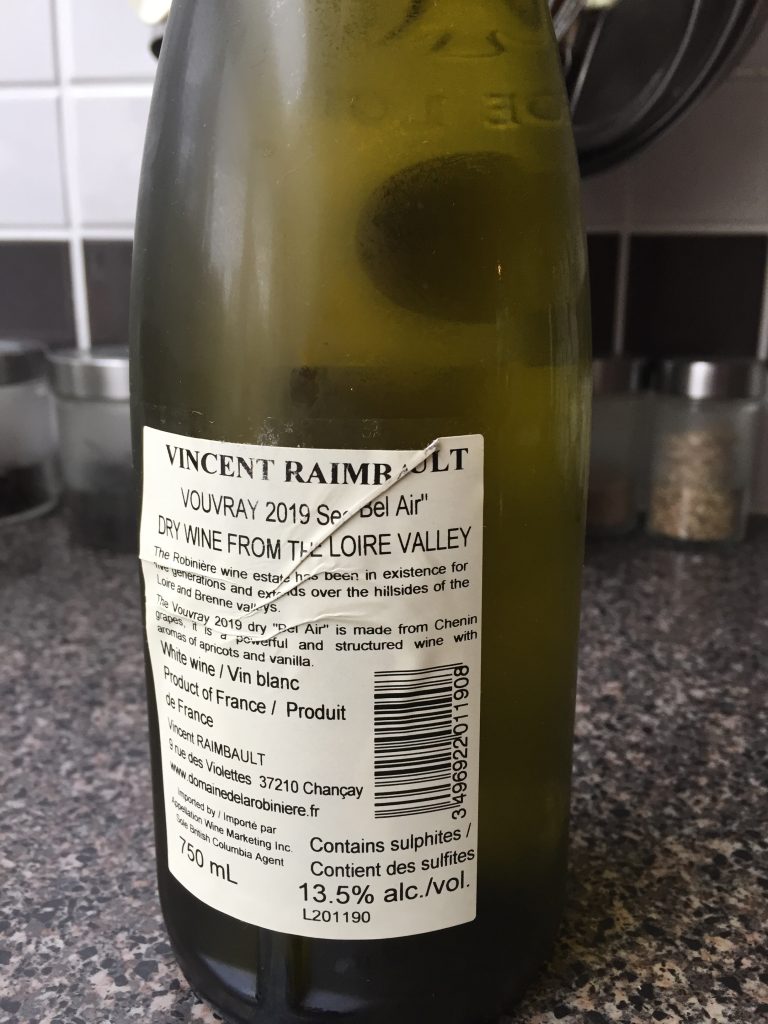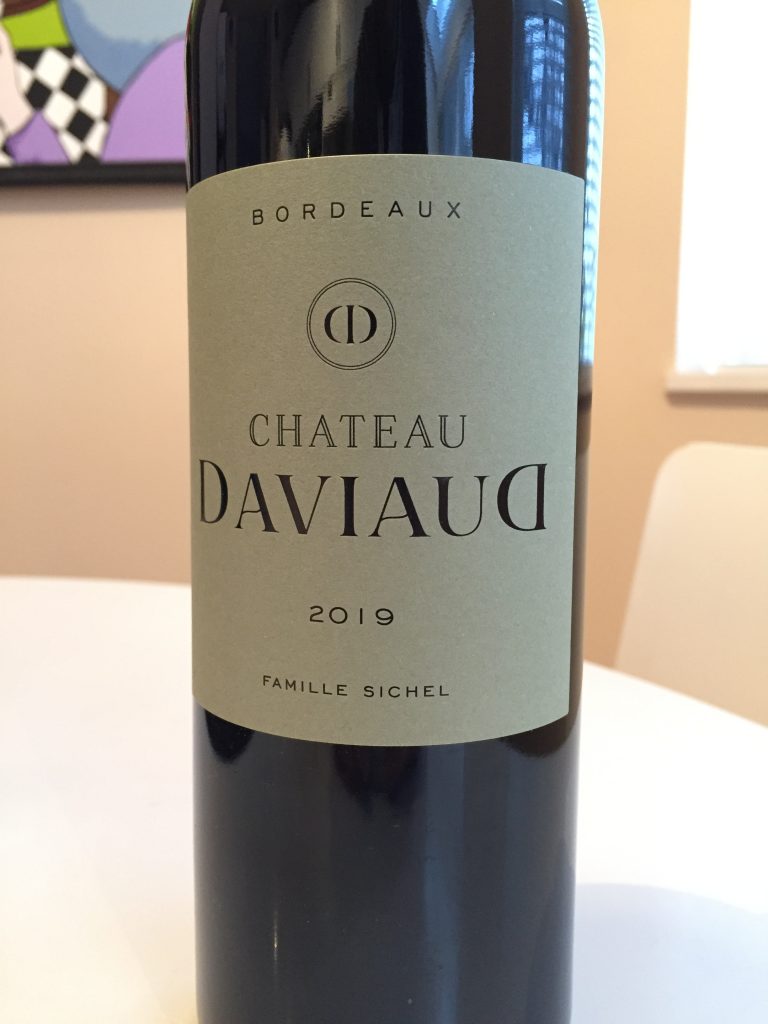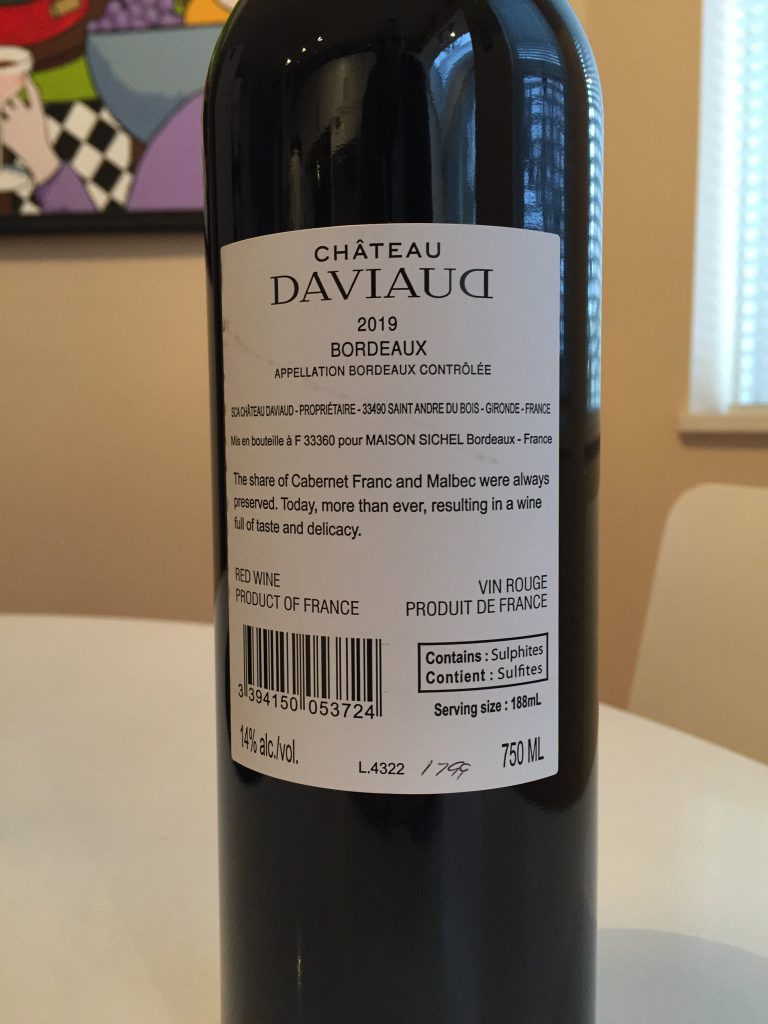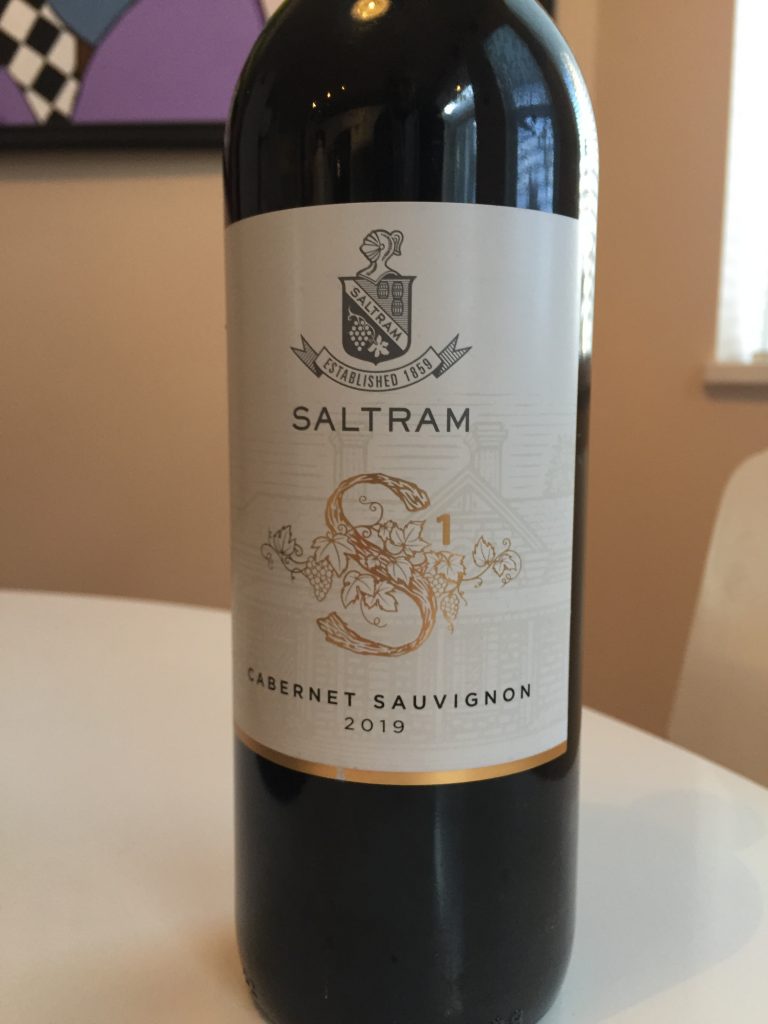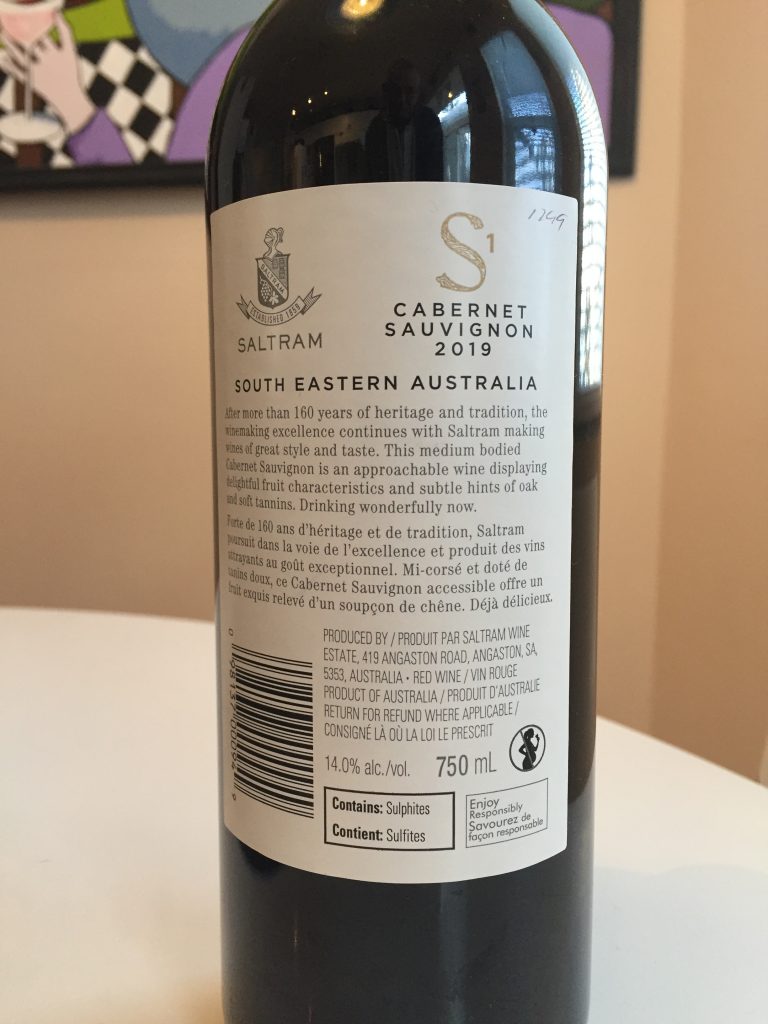1- Red varieties grapes
1.1 – Tempranillo
Tempranillo is the best-known quality Red Wine Grape in Spain. “Temprano” means early in Spanish, and the name Tempranillo refers to the early time the grape has been traditionally harvested. Tempranillo is also known as Tinto Fino or Tinta del País in Ribera del Duero and old Castilla, Cencibel in La Mancha and Ull de Llebre in Catalonia. The grape is also cultivated in the Duoro region in Portugal where it receives the name of Tinta Roriz.
Its “home” is however La Rioja wine region. Tempranillo produces fresh and fruit young red wines but it shows its best when oak-aged.
When Tempranillo is vinified on its own it produces wines with aromas of strawberries and raspberries. Tempranillo gained its reputation thanks to the fine work of wineries in Rioja. Tempranillo is blended with other grapes in Rioja with a proportion of 70% tempranillo. The other grapes in this mixture are Garnacha, Marzuelo and Graciano.
1.2- Garnacha (Grenache)
We refer here to red granache (there is also a white grenache grape). A grape of Spanish origin despite most people associate it with the Rohne valley in France. This grape can be found in nearly all wine countries around the world. In Spain, it is found in the Northeast area, La Rioja, Navarra, Aragón and Cataluña. In Rioja it is normally blended with Tempranillo. This grape can produce fruity wines, with raspberry aromas.
Garnacha is widely planted all over Spain, but it was a bit neglected during some decades. Garnacha can oxidate easier than tempranillo and many producers did not want to assume that risk. A second risk when compared to tempranillo is connected to the day of harvesting. Garnacha may need more than a week´s time to reach its optimal ripening, which implies one extra week or more time for the viticulture (who would look up into the sky every day to check for possible complications, mainly hail. These two factors influenced many producers who decided to plant tempranillo and abandon Garnacha. But in recent years we have witnessed a revival of Garnacha. With new modern technologies, wineries are not concerned with potential oxidation problems and there have been also certain tiredness in the consumers with tempranillo. You may have heard sometimes “Spanish wines are only about tempranillo…”
Priorat region has contributed to a large extent to regain the reputation lost in the past by Garnacha.
1.3- Cariñeña
The origin of the grape in Spain is from Aragon from a DOP with the same name: Cariñena where the grape is however not the main grape. This grape is known in Rioja as Mazuelo. The best results with Cariñeña have been obtained in Priorat with very old vines. In these wines, Priorat is being mixed on most occasions with Garnacha and in some cases also with Merlot and Cabernet Sauvignon. Cariñeña is known in France as Carignan.
1.4- Bolbal
Found mainly in Valencia, Bobal wines are full-bodied and colourful. Their quality has witnessed a very important increase in the last years. Bobal grape was in the past used to support other wine regions in Europe: by mixing Bobal grape with other grapes those regions would increase the colour and alcohol of their local wines.
The arrival of new techniques and a new generation of winemakers has revealed hidden qualities n Bobal and wines from Utiel Requena, Valencia and Alicante, where this Mediterranean grape is grown, have increased in quality and provided with many surprises to experts and consumers alike.
1.5- Monastrell
Monastrell is the typical grape of Murcia and the south of Valencia. It produces powerful wines with great structure and strength somewhat higher than normal. For many decades wines produced with Monastrell were considered too alcoholic and lacking smoothness. But all that changed a long time ago thanks to the efforts of a group of wineries in Jumilla and Yecla, in the wine region of Murcia, determined to bring Monastrell to the highest standards. Recognition soon arrived and some of the world´s best critics put Monastrell where it deserved. Monastrell wines can be vibrant and very complex, with deep fruit ripeness.
1.6- Mencía
This grape is planted in the north west of Spain, in El Bierzo (Leon, old castilla) and in Galicia (which is traditionally considered a region of white wines) in the region of Valdeorras. El Bierzo has evolved considerably in recent years and a small group of small wineries with lots of know-how and investing capabilities have obtained great results with Mencia. Young Mencía wines produce fresh wines with elegant tannins. Mencia has proved its wines can age well.
1.7- Juan García
This grape is planted in the area of Zamora, where Spain meets Portugal. Great potential but the region lacks wineries and investment that can bring all that potential to its full expression. Chemical analysis of the grape confirms it contains everything needed to produce great wines.
1.8-Manto Negro
Manto Negro is a grape from the Balearic islands in eastern Spain. It produces light wines with a good amount of fruit and which are being produced with little oak to highlight the personality of the grape. A young generation of winemakers has put great efforts in the Binissalem area to produce very distinctive wines with Manto Negro grape.
1.9-Negramoll
Negranol is one the grapes from the Canary Islands. It can be found in Tenerife, in the Tacoronte-Acentejo region. Wines produced with Negramoll are light and delicate. The northern part of Tenerife gets lots of rain and vineyards are normally planted in high, volcanic areas. Negramoll is also used as a blend with Listan negro.
1.10- Listán Negro
This is the main grape in Tacoronte-Acentejo and the Canary Islands in general. Some local wineries have managed to produce very interesting and distinctive wines that illustrate the volcanic terroir in which the grape grows. It is a pity that most hotels in the island do not offer local wines from Canary islands and vineyard has left space to banana plantations, easier to harvest and more profitable.
1.11-Cabernet Sauvignon
You are right, this is not a Spanish grape varietal! The increasing demand for varietal wines in importing countries has made many Spanish plant cabernet. As cabernet grows well nearly everywhere, the results have been very good in Spain. As Cabernet is fairly tannic it is often blended with other grapes to produce more complex wines. You will find Cabernet wines in different regions in Spain (La Mancha, Catalonia, Navarra, etc.)
1.12-Merlot
Yet again another French grape variety in Spain. Merlot has also been quiet successful (though to a lesser extent than Cabernet) in Spain and can be found in many different regions.
1.12-Syrah
Syrah has become relatively popular in Spain, mainly in La Mancha and in the Mediterranean areas. In Spain you will find a very different Syrah to the Rhone or Australian Syrah. Spanish Syrah wines are normally full bodied, high in alcohol.
1.13- Other red grape varieties
Tinta de Toro is of the tempranillo grape family and is most typically grown in Zamora.
There are many more red wine grape varieties like Prieto Picudo from León, Brancellao, and Caíño from Galicia. Also, in Galicia, Alicante, and Albacete, we can find the interesting grape variety called Garnacha Tintorera, the only variety of red grape whose pulp is also purple.
2- White grapes varieties
2.1- Verdejo
Typical grape of the D.O. Rueda. Wine from this grape has gained lots of commercial strength in the recent past due in part to its proximity with Madrid. Verdejo wines are aromatic (with a tropical character), with the body. Some producers opt for oak aging, and the results have been very good. The verdejo did not have “an easy life”. It is a grape that oxidates very easily and for centuries this generated obvious problems. Today, however, thanks to the use of refrigeration techniques or night grape-picking at harvest time, most problems are solved and it can produce (specially in the case of Verdejo superior with at least 85% verdejo grape) fascinating white wines. As with any story of success, it has brought certain problems, and some wineries have made use of the commercial success of the grape to introduce wines that do not reach the potential verdejo has.
2.2- Albariño
Sometimes this Spanish grape varietal is thought to be the name of the appellation of origin where the wines are produced (Rias Baixas in the Northwest of Spain, in Galicia) Albariño wines are aromatic, crispy, and with a distinctive aroma. It produces acid wines, but also with high glycerine that gives them a silky texture.
Much has been speculated about the origin of this grape and for many alabariño was brought by German monks whilst they took place in the Camino de Santiago pilgrimage. Biological research seems to have disregarded this hypothesis though. In any case, what remains most important for wine lovers is that albariño and its perfect match with the terroir in Rias Baixas (Galicia) produce exquisite fruity white wines, rich whilst not too sweet and a perfect match with local seafood.
2.3- Moscatel
Known in France as muscat, it is a rich and sweet grape that can produce excellent value for money sweet wines. Young winemakers are using it blended with other grapes to produce very exciting wines. The grape is mainly planted in the region of Valencia on the Mediterranean coast.
2.4 – Malvasía
Malvasia finds its origins in Greece. This is a fantastic grape that in Spain can mainly be found in Valencia and the Canary Islands. In this latter case, the grape produces semi-fortified sweet wines with an amazing volcanic component. Malvasia is also planted in Rioja, where it is used in some blends with Viura. In Catalonia Malvasia is known as subirat-parent
2.5- Godello
Another grape from the Northwest of Spain, Godello is a high-quality grape that produces very aromatic wines. Almost unknown a few decades ago, winemakers saw strong potential in this grape and it was re-introduced in areas of Galicia, mainly in the Valdeorras wine region. Godello has proved these winemakers were right and the grape produces exquisite crispy, peachy, ripe, and rich (though not sweet) white wines.
2.6- Palomino
Used mainly for Fino production in the South of Spain. Known also as listan, palomino flourishes in the chalky soils of the Jerez wine region. Palomino is the perfect match for the area of Jerez del Frontera. Wherever the grape has been planted results have not been outstanding. In this part of the South of Spain, however, the grape yields a coat known as Flor which produces the magical result of sherry wines and their soleras.
2.7- Xarello
Also known as Xarel-lo, this grape provides the alcohol, weight and power needed to produce quality cava wines. This is a grape that traditionally oxidated fast and, as in the case of verdejo in Rueda, this brought certain problems. Today, with the introduction of early harvesting, and temperature control at fermentation time, the grape has proved it can produce excellent still wines too.
2.8- Parellada
Parellada is planted throughout Catalonia and it is used for still white wines (nothing spectacular on this end but wines are pleasant and easy to drink) but also as a base for cava.
2.9- Airén
Though unknown to many people, this Spanish white varietal is the world’s most planted grape in the world. The grape was traditionally used for the production of alcohol that served as the base for Brandy. Airen survives the hot summer of La Mancha where it is planted. Part of the never-ending vineyards of Airen in La Mesta can be enjoyed in one of the winery tours departing from Madrid and which also adds the famous Don Quixote windmills to the vineyards.
Airen can never aspire to wines of exquisite quality, but if vinified with modern techniques it has proved to be able to provide interesting white wines.
2.10- Albillo
Traditionally a grape used for food consumption, albillo has recently increased its importance and use in wine production. Its skin makes it a useful grape to be used in blends with other white grapes like airen or viura which sometimes lack in aromas. Albillo is used in Ribera del Duero and is heavily planted in the Madrid wine region
2.11 Macabeo
This white grape is also known as Viura. It is cultivated in most wine areas in Northern Spain and in Catalonia it is one of the grapes for the traditional production of cava wines.
For still wines, Macabeo is the main white grape in Rioja and Navarra. Despite it is a rather neutral grape, it can produce interesting herby and spicy white wines.
2.12- Pedro Ximenez
This is a Spanish classic grape. This grape is planted in the South of Spain, and it plays a key factor behind the wines of Montilla-Moriles. It is a rich grape that is turned into fabulous dessert wines that, at its oldest, become almost black. Fantastic to drink and also, why not, to be enjoyed as a gourmand topping on many cakes and ice cream recipes!
